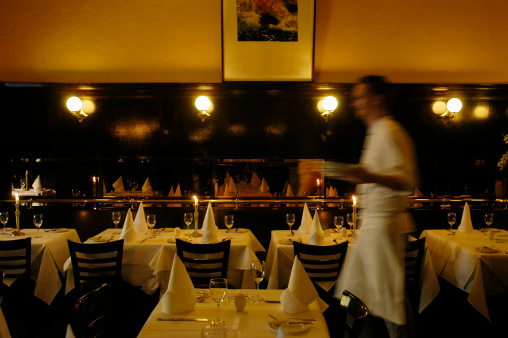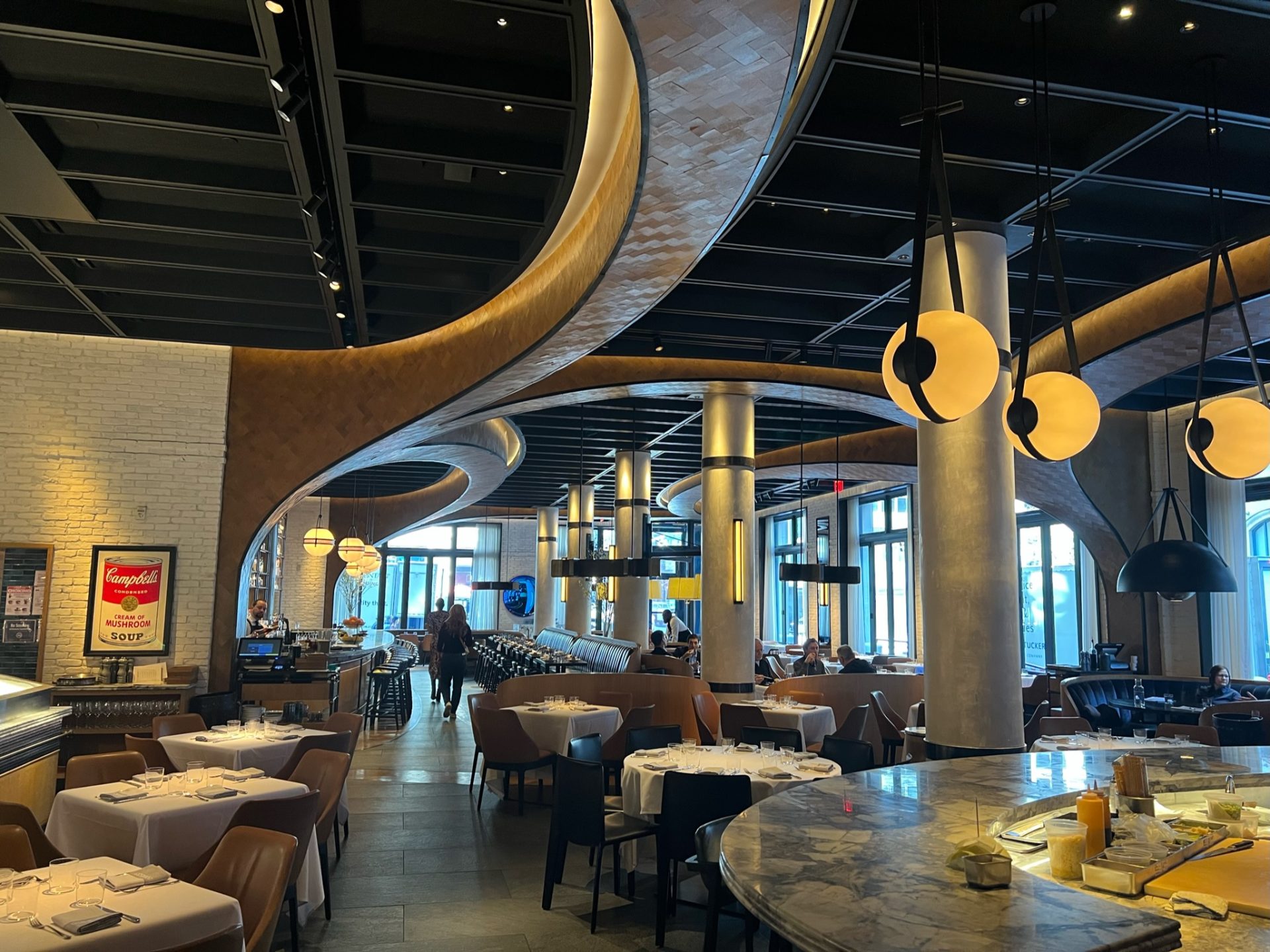Savor Authentic Asian Cuisine With a Pan-Asian Twist for a Culinary Journey
Starting a cooking trip via genuine Asian cuisine, improved with a Pan-Asian spin, supplies a special possibility to discover the abundant tapestry of flavors that specify the region's diverse culinary traditions. This experience welcomes you to relish the exquisite balance of tastes-- wonderful, salty, spicy, and sour-- integrated by aromatic natural herbs and flavors. Picture the innovative blend of Thai curry and ramen or the unanticipated delight of sushi burritos. As you ponder these attracting meals, think about the cultural narratives and historical influences that shape them, each bite offering a story waiting to be uncovered.

Discovering Pan-Asian Flavors
In the realm of international gastronomy, Pan-Asian cuisine stands apart for its amazing variety and the harmonious interplay of tastes from different Asian societies. This culinary approach commemorates the distinct components and rich customs found throughout the continent, producing a tapestry of preferences that is both satisfying and fascinating. Secret to Pan-Asian food is its capability to stabilize contrasting tastes-- sweet, salted, spicy, and sour-- while highlighting the quality and high quality of each ingredient.
From the umami-rich soy sauce of Japan to the intense chili peppers of Thailand, Pan-Asian cuisine offers an extensive scheme of tastes. These elements are often incorporated in inventive means, improving meals with layers of intricacy. For example, using fragrant natural herbs such as lemongrass and cilantro, usual in Vietnamese and Thai cuisine, includes a revitalizing illumination to meals, while the incorporation of coconut milk supplies a velvety, rich appearance.
The focus on fresh produce and fragrant spices makes certain that each meal is not only a feast for the palate yet additionally for the senses. Pan-Asian cuisine invites diners to start a cooking trip, exploring the large and differed landscapes of Oriental gastronomy with every bite.
Combination Recipes to Attempt
While Pan-Asian cuisine is commemorated for its typical tastes, the modern cooking landscape is significantly accepting fusion recipes that mix these classic components with impacts from other areas. This ingenious method not just honors the abundant heritage of Oriental cookeries however also presents novel preference experiences that attract modern tastes buds.
A prime example of such a blend meal is the Korean-Mexican taco, where marinaded bulgogi beef is wrapped in a cozy tortilla, topped with kimchi and a hot gochujang-infused salsa. This mix weds the bold, mouthwatering tastes of Korea with the dynamic, fresh aspects of Mexican food. Likewise, sushi burritos have actually gotten popularity, integrating the fragile creativity of Japanese sushi with the hearty, hand-held convenience of a burrito, usually including fusion active ingredients like tempura shrimp and avocado with a drizzle of wasabi mayo.
An additional significant recipe is Thai curry ramen, which instills the creamy, fragrant spices of Thai curry into the reassuring brew of conventional Japanese ramen, producing an unified mix that tantalizes the detects. These blend dishes prolong past plain novelty; they represent a culinary discussion in between societies, encouraging exploration and technology on the planet of Pan-Asian cuisine.
Crucial Components and Spices
To genuinely appreciate Pan-Asian food, one must recognize the important components and flavors that form its foundation. This diverse culinary design attracts from a rich tapestry of Oriental traditions, employing an unified mix of structures and flavors.
Fragrant components are pivotal, with garlic, ginger, and lemongrass being ubiquitous throughout various Pan-Asian recipes. These ingredients give a great smelling base that boosts the intricacy of tastes. Flavors such as star anise, cardamom, and cinnamon present warmth and character, resembling influences from areas like China and India.

Cooking Methods and Tips
Understanding the art of Pan-Asian cuisine needs knowledge with its distinctive food preparation techniques, each adding to the vivid tapestry of tastes this culinary tradition is celebrated for. Central to these techniques is the stir-fry, a rapid food preparation technique that maintains the nutritional honesty and dazzling shades of ingredients. Using a frying pan, the stir-fry approach permits even warm circulation, crucial for attaining the characteristic structure and flavor balance of Pan-Asian meals.
An additional basic strategy is steaming, particularly prevalent in Chinese cuisine. This gentle technique keeps the natural tastes and nutrients of ingredients, making it optimal for seafood and vegetables. Dumplings, a precious staple, often gain from steaming, causing soft, delicious textures.
Grilling, likewise indispensable, presents great smoky depths to recipes such as Korean bulgogi or Japanese yakitori (pan asian dining Islamabad). This method usually involves marinading ingredients, enabling tastes to penetrate deeply before food preparation over an open flame or warmer
Last but not least, grasping the art of stabilizing flavors-- wonderful, sour, salted, bitter, and umami-- is vital. Appropriately layering these elements can elevate a meal from ordinary to phenomenal, offering a complicated and pleasing cooking experience that personifies the significance of Pan-Asian food.
Dining Experiences Worldwide
Around the world, Pan-Asian cuisine offers an unrivaled dining experience, celebrated for its rich tapestry of tastes and dynamic discussions. This culinary sensation has gone beyond cultural borders, catching the hearts and palates of food enthusiasts worldwide. In cosmopolitan cities fresh York, London, and Sydney, Pan-Asian restaurants work as melting pots where cooking traditions from Thailand, Japan, China, and past converge, supplying diners with an eclectic mix of dishes that highlight the region's variety.
The global charm of Pan-Asian cuisine depends on its ability to use both authenticity and technology. Cooks skillfully wed typical components such as lemongrass, soy sauce, and miso with contemporary techniques, causing recipes that are both refreshingly new and familiar. This blend permits restaurants to get started on a cooking journey that respects heritage you can look here while welcoming modernity.
Additionally, dining experiences are raised via thoughtfully designed settings that mirror the ethos of Pan-Asian basics visual appeals. From minimalist Japanese-inspired insides to dynamic Thai-themed spaces, each dining establishment supplies an one-of-a-kind setting that complements the culinary offerings. Because of this, customers are not just taking in a meal however partaking in a social experience, making Pan-Asian eating a genuinely international phenomenon.
Conclusion
The exploration of Pan-Asian cuisine uses an extensive understanding of the complex interplay of tastes and culinary traditions throughout Asia. By embracing combination recipes such as Thai curry ramen and sushi burritos, the cooking trip not only highlights the adaptability of traditional ingredients yet additionally showcases ingenious modern-day strategies. This gastronomic journey, enhanced by cooking methods and essential seasonings, gives an one-of-a-kind possibility to appreciate the social variety and culinary virtuosity that specify Pan-Asian cuisine on a global scale.
Embarking on a cooking trip with genuine Asian cuisine, enhanced with a Pan-Asian twist, offers a special possibility to check out the rich tapestry of flavors that define the region's diverse culinary practices.In the world of international gastronomy, Pan-Asian cuisine stands out for its exceptional diversity and the harmonious interplay of tastes from various Eastern cultures. Secret to Pan-Asian food is its capacity to balance different tastes-- wonderful, salted, spicy, and sour-- while highlighting the freshness and top quality of each ingredient.

Comments on “Pan Asian Restaurant Islamabad: Discover Exquisite Asian Food”